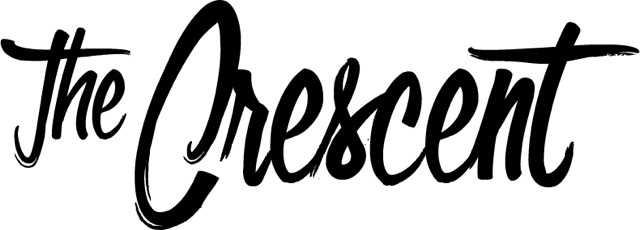Lavender Graduation
Reported By: Benny Schorie
Photo Courtesy: Human Rights Campaign
Every spring, graduating college students celebrate their many accomplishments and recognize the immense effort of the last four years. For minority communities, specific celebrations recognize their heritage and their unique struggles at academic institutions. Cultural dissonance and discrimination can riddle their college experience and provide difficult hurdles on their way to graduation.
For LGBTQIA+ students, that means having a ceremony called “Lavender Graduation.” This annual celebration is hosted at dozens of colleges and universities across the country in acknowledgment of the unique efforts, contributions, and struggles of their queer student body.
According to the Human Rights Campaign, Lavender Graduation exists “to honor lesbian, gay, bisexual, transgender, queer and ally students” and to acknowledge their often overlooked contributions to their university. The event began in 1995 by Dr. Ronni Sanlo, a Jewish lesbian, at the University of Michigan after she was denied attendance at the graduations of her children. This experience opened her eyes to the pain of her LGBTQ+ students and birthed the Lavender Graduation. The event has spread across the country to shed light on LGBTQ+ students.
The color lavender is a combination of the pink and black triangles worn by gay men and lesbians, respectively, in Nazi concentration camps and continues to be a symbol of pride for the LGBTQ+ community across the world. Purple itself has been representative of queerness in Western cultures since the Greek; lesbian poet Sappho referenced violets as symbols for her lovers. In the mid-20th century, “The Lavender Scare” described a moral panic in the United States as a reaction to the existence of homosexuals; this led to a purge of gay men and lesbians from the federal government with Eisenhower’s Executive Order 10450.
Eventually, lavender became representative of the pride, empowerment, and resistance of queer people as LGBTQ+ people would dawn lavender sashes and armbands during protests in the 60s and 70s. However, the color also allows queer people to represent their humanity. The impact of subverting the color’s meaning represents the community’s ability to subvert and transform what it means to be alive by rewriting understandings of gender and sexuality.
The practice of Lavender Graduation directly connects itself to these roots. With a higher likelihood of dropping out, LGBTQIA+ students’graduation can be a painful experience as they recollect the hardships of their time in college. Lavender Graduation allows them to leave their college experience on a positive note. It subverts their pain into a beautiful accomplishment, a brilliant act of resistance that has become a tradition in the LGBTQ+ community.
